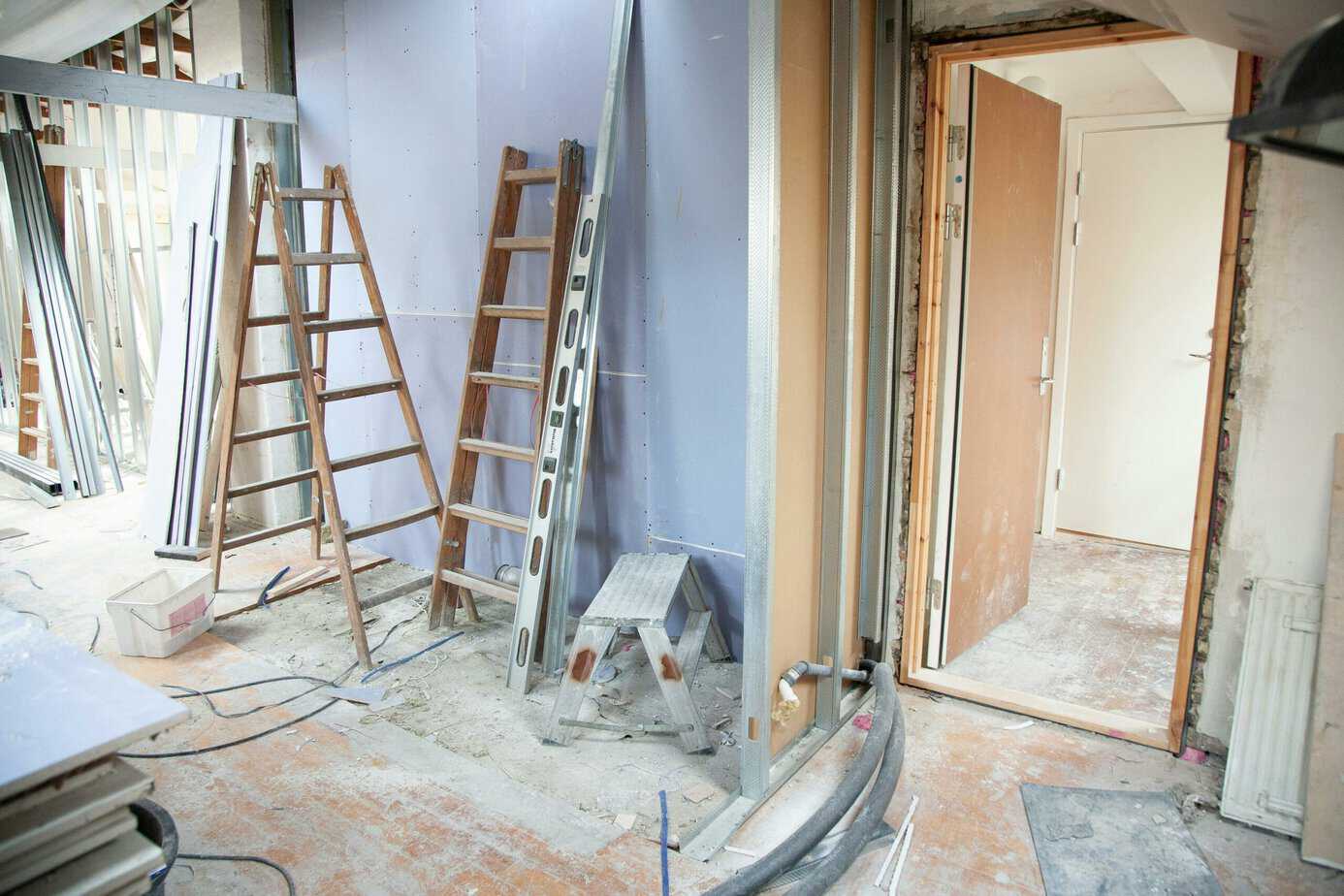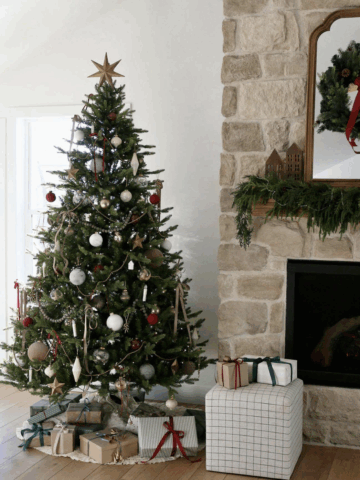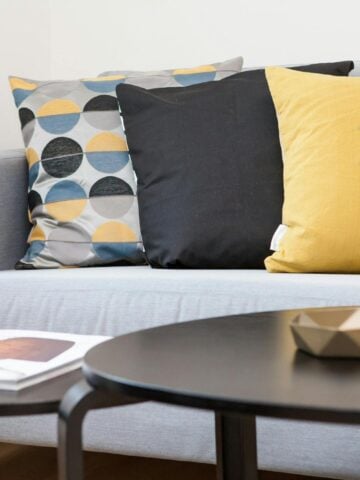Renovation Made Simple: Match Your Dream Design to a Realistic Budget
Renovating your home can be exciting, but it is also overwhelming. From picking a style to figuring out how much you can actually afford, there are a lot of decisions. And those decisions? They all feel like they matter. But what if you didn't have to choose between a dream look and a realistic budget to achieve a renovation made simple?

Start With Why
What's the reason for your renovation? More space? A fresh look? Better energy efficiency? Knowing your purpose helps every choice fall into place. When things feel messy later, go back to your why.
You're not alone in this journey. According to This Old House, 48% of homeowners plan to renovate this year. Millennials (60%) and Gen Z (56%) are leading the way. People are choosing to stay put and refresh their homes instead of moving, and that just makes sense with today's market.
Make a Plan Before Picking Paint Colors
A renovation plan isn't just a mood board, it's a full map of where you want to end up and how you will get there. And yes, mood boards are a big part of it, but so is a spreadsheet. Style and numbers can work together.
Step 1: Draft a Mood Board
Start by collecting ideas:
- Use Pinterest, magazines, or photos from places you love.
- Pull colors, textures, and pieces that speak to you.
- Narrow it down to one main vibe. Don't try to do it all.
This step makes sure your style is cohesive before you start swiping a credit card.
Step 2: Build a Budget
Data shows that 61% of homeowners plan to borrow money for their projects, with 30% using credit cards, 17% personal loans, 15% home equity loans, and 15% HELOCs (This Old House). That means you need a clear plan for how much you'll spend and how you'll pay for it.
Your budget should cover:
- Design and planning costs
- Materials and labor
- Permits and inspections
- A cushion (10-15% for surprises)
- Home insurance
Timelines Matter
Renovations take time. A kitchen redo? Easily 6-12 weeks. Bathroom? Four to six. Big changes, like moving walls or adding square footage, can take months. Set a timeline with milestones. Why? Because delays are normal, but a timeline gives you something to adjust instead of guesswork.

Where Style Meets Cost
Here's the tricky part: keeping your design dreams alive without blowing the budget. Let's break it down.
Prioritize
You can't splurge on everything. Decide on one or two "must-have" items. Maybe it's a statement tile. Or custom cabinets. Let the rest flex.
Save Where You Can
- Repurpose old furniture with new finishes.
- Mix high and low: a statement light fixture with more affordable flooring.
- Choose classic over trendy for big items.
According to Financial Times, over half of renovations exceed budget. Material prices rose 38% between 2019 and 2024. That's huge. Planning ahead can help you avoid being in that half.
Balance With DIY
Some homeowners are opting to handle smaller tasks themselves. Painting, demo work, or even installing backsplashes can save thousands. 20% of homeowners in 2025 plan to do just that.
Watch the Trends, But Stay True
You might have read about trends in contractor financing. While that's good to keep in mind, financing isn't the only thing trending. Renovation spending overall is expected to hit $509 billion in 2025, up from $487 billion in 2023 (Empower). Even with that big number, the focus remains on thoughtful planning.
Use Tools to Merge Style and Numbers
Spreadsheets Meet Mood Boards
Once your mood board is ready, add numbers:
- Next to each image, jot down cost estimates.
- Highlight areas where you're over.
- Move things around until your vision and your budget align.
It's like a puzzle. It takes a little patience, but you'll start to see how your dream can actually work.
Track Costs in Real Time
There are apps for this. But even a simple notebook works. Write down every expense as it happens. Little things-like hardware-add up quickly.
Energy Efficiency Can Save Money
A renovation isn't only about pretty spaces. It's a chance to make your home smarter with energy. A study from Correia & Fazion found that a typical retrofit in London (loft insulation, double glazing, LED lighting) can cut 1,700 kg of CO₂ per year and save £800 annually. Sure, the initial cost was £9,000, but the long-term savings pay off in about 11 years. Something to think about.
Know When to Ask for Help
Contractors, designers, and project managers do this every day. Some homeowners prefer to manage everything themselves, but professionals can save time and headaches, especially with permits and scheduling.
Data from Houzz shows a drop in median spend from $24,000 in 2023 to $20,000 in 2024, but top-tier projects still go over $140,000. That's a lot to manage solo.
Expect Surprises
Even the best plan can hit a few bumps:
- Hidden water damage
- Backordered materials
- Permit delays
Plan for at least 10% extra in your budget. This cushion turns stress into a shrug when something comes up.
Pulling It All Together
So, what's the secret? Start with your "why." Build a mood board that reflects your style. Create a budget that matches reality, not just wishes. Combine these two early, don't wait until the demo starts. Keep track of every penny. And give yourself room to adjust.
By blending a creative vision with a practical plan, you get the best of both worlds: a home that feels like you without putting your finances in danger.
Planning a renovation isn't easy, but it's absolutely doable when style and budget sit at the same table. Decide what matters to you, set milestones, and balance your mood board with a money board. By doing so, your space becomes a reflection of your style and your smarts.




